Mass extinctions sound like ancient history—dinosaurs wiped out by an asteroid, prehistoric oceans stripped of life. But scientists warn we may already be living through the beginnings of the planet’s next one. Species are vanishing at alarming rates, ecosystems are collapsing faster than they can recover, and the warning signs are everywhere if you know where to look. Here are the stark signals that Earth’s next mass extinction has already begun—and why it matters for every living thing, including us.
1. Biodiversity Loss
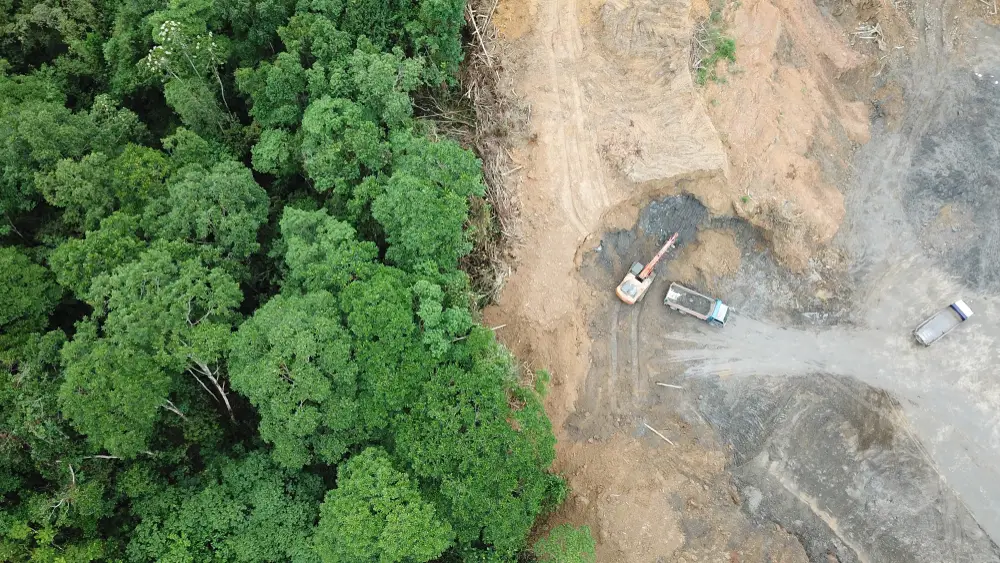
Species are disappearing at an alarming rate, thanks to habitat destruction, pollution, and climate change. According to a study in “Proceedings of the National Academy of Sciences,” current extinction rates are up to 100 times higher than the natural background rate. This loss of biodiversity isn’t just about losing cute animals; it impacts ecosystem services that humans rely on. From bees to whales, every creature plays a vital role in maintaining the balance of our environment. When they vanish, it’s like removing pieces from a Jenga tower—eventually, the whole thing collapses.
Biodiversity loss means that entire ecosystems become less resilient to changes like disease and climate fluctuations. When a key species is removed, it can trigger a domino effect, leading other species to decline, too. This decline affects everything from food production to water quality, directly impacting human health and livelihoods. Next time you notice fewer bees buzzing around or less greenery in your area, consider it a small echo of a much larger issue. It’s a reminder of how deeply interconnected we all are with the natural world.
2. Ocean Acidification
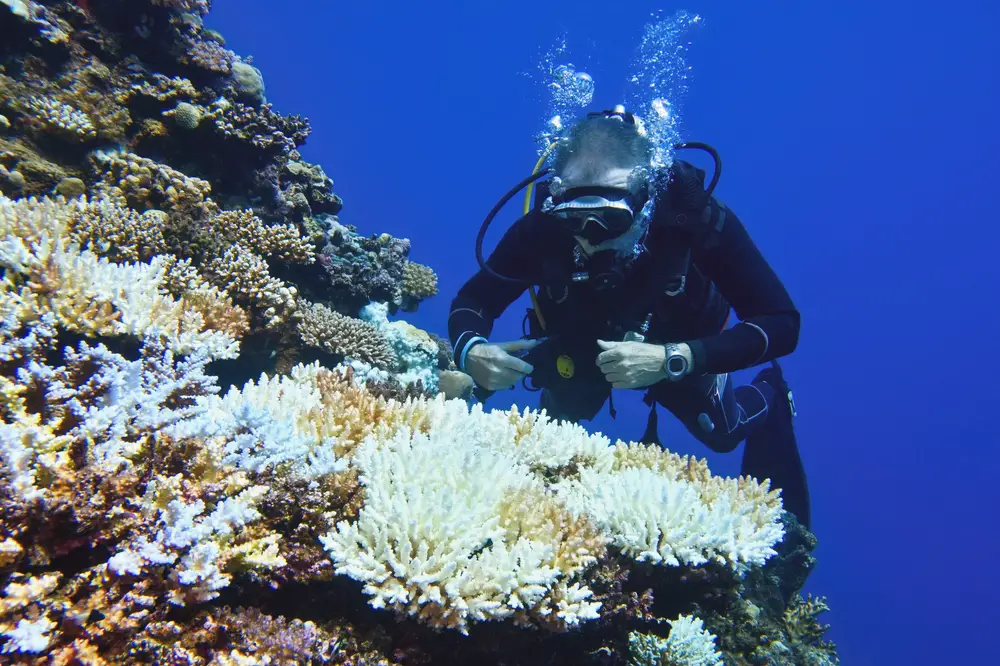
As carbon dioxide levels rise, oceans absorb more of this greenhouse gas, leading to increased acidity. This change in pH levels threatens marine life, especially those with calcium carbonate shells or skeletons, like corals and shellfish. Coral reefs, often described as the rainforests of the sea, are bleaching and dying at unprecedented rates. This process disrupts entire marine ecosystems and threatens the food security of millions of people who rely on these waters. The decline in fish populations can result in economic losses for communities dependent on fishing industries.
This increase in acidity also impacts fish behavior and reproductive success, from finding mates to avoiding predators. Ocean acidification makes it harder for fish larvae to develop, leading to lower survival rates. The cascading effects are evident: entire food chains are at risk, which can ultimately affect human food sources and economic stability. Not to mention the cultural and recreational value that healthy oceans provide to people worldwide. If you live near the coast and notice less vibrant marine life, you’re witnessing a tangible sign of larger environmental shifts.
3. Deforestation Impact
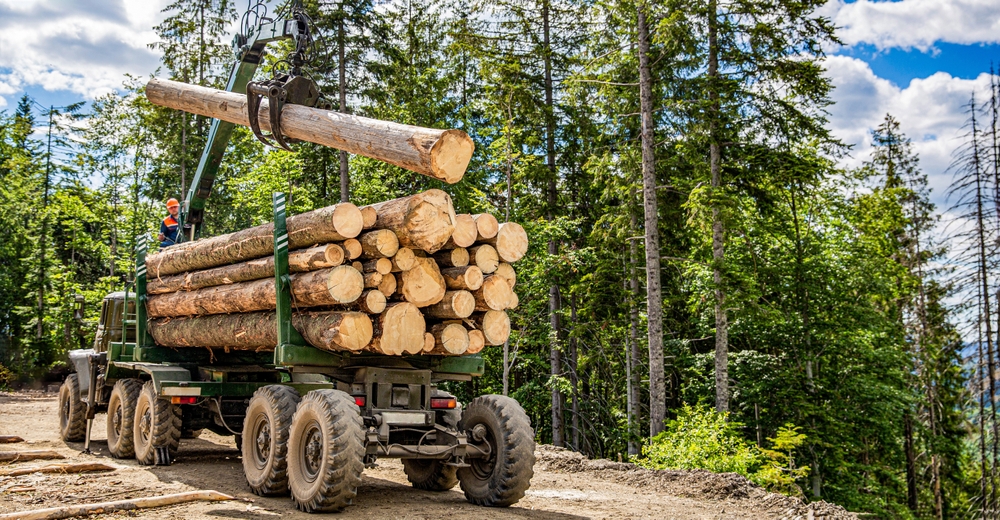
Forests cover about 31% of Earth’s land area, yet we’re losing them at an alarming rate due to agriculture, logging, and urban expansion. The Food and Agriculture Organization reports that we lose about 10 million hectares of forest each year. Trees are crucial for absorbing carbon dioxide, making deforestation a double whammy: fewer trees mean less CO2 absorption, exacerbating climate change. Additionally, deforestation destroys habitats and threatens countless species that call these forests home. In turn, this loss of habitat contributes to the decline in global biodiversity.
The impact of deforestation isn’t just environmental; it’s economic and social, too. Many communities, especially Indigenous peoples, rely on forests for their livelihoods, sustenance, and cultural practices. When forests vanish, these people face displacement and the loss of their cultural heritage. The economic costs from the loss of ecosystem services, such as clean water and pollination, are vast and often underestimated. So, the next time you see another outlet mall pop up where a forest once stood, think about the far-reaching effects that decision carries.
4. Climate Change
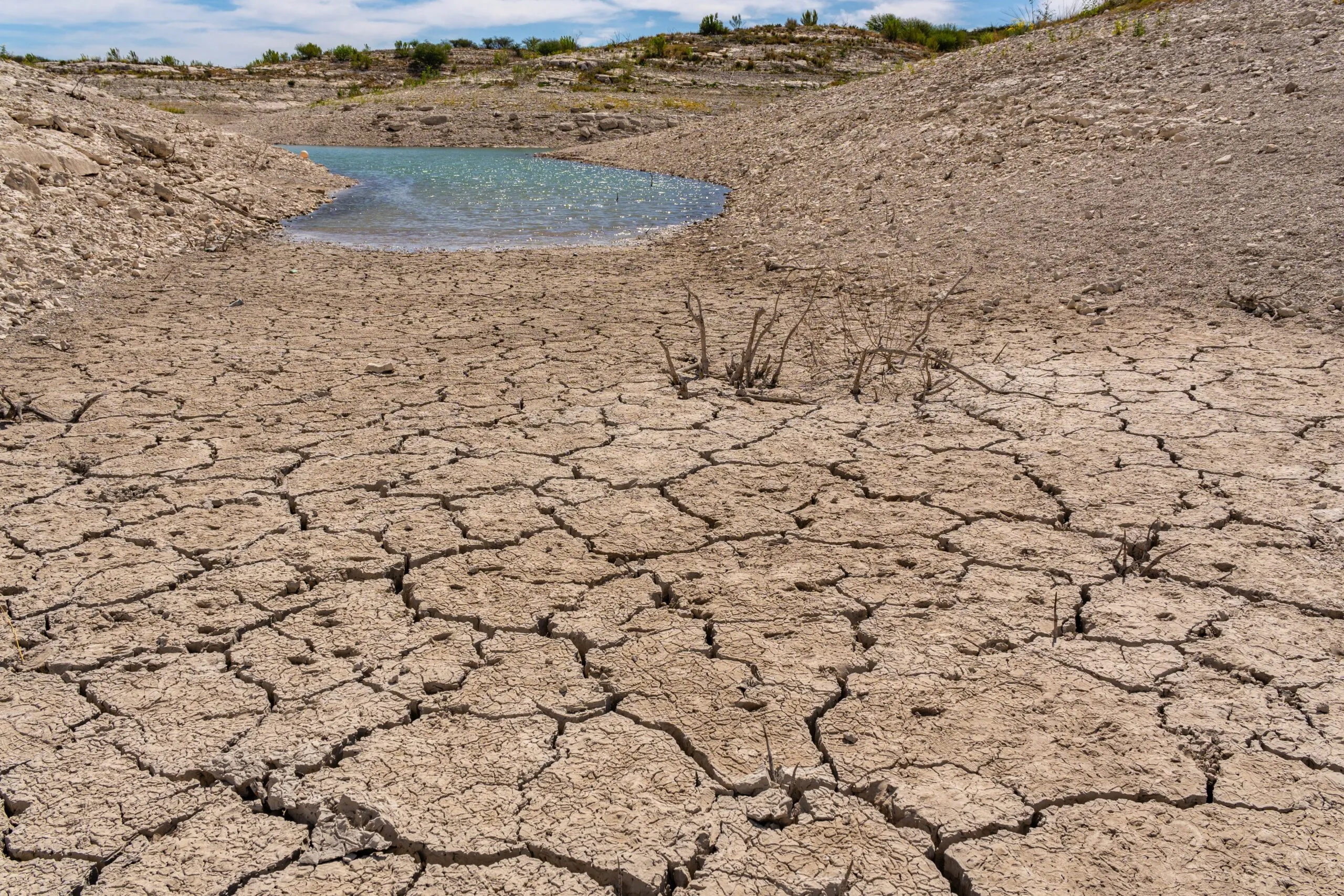
We hear about climate change all the time, but it’s crucial to recognize it as a driver of mass extinction. Rising temperatures affect weather patterns, leading to more frequent and severe storms, droughts, and fires. These climate events stress ecosystems and the species that inhabit them, pushing them to their limits. Many species can’t adapt quickly enough, leading to population declines and extinctions. For people, this means increased vulnerability to natural disasters and shifts in agricultural productivity.
As these changes unfold, they exacerbate existing problems like habitat fragmentation and pollution. Climate change also increases the spread of diseases, affecting both wildlife and human populations. We can’t overlook the socio-economic impacts, either, as people migrate to escape uninhabitable conditions. Climate change is reshaping our planet, with effects reaching every corner of the globe. It’s a harsh reminder that our actions today will shape the environment for generations to come.
5. Worsening Pollution
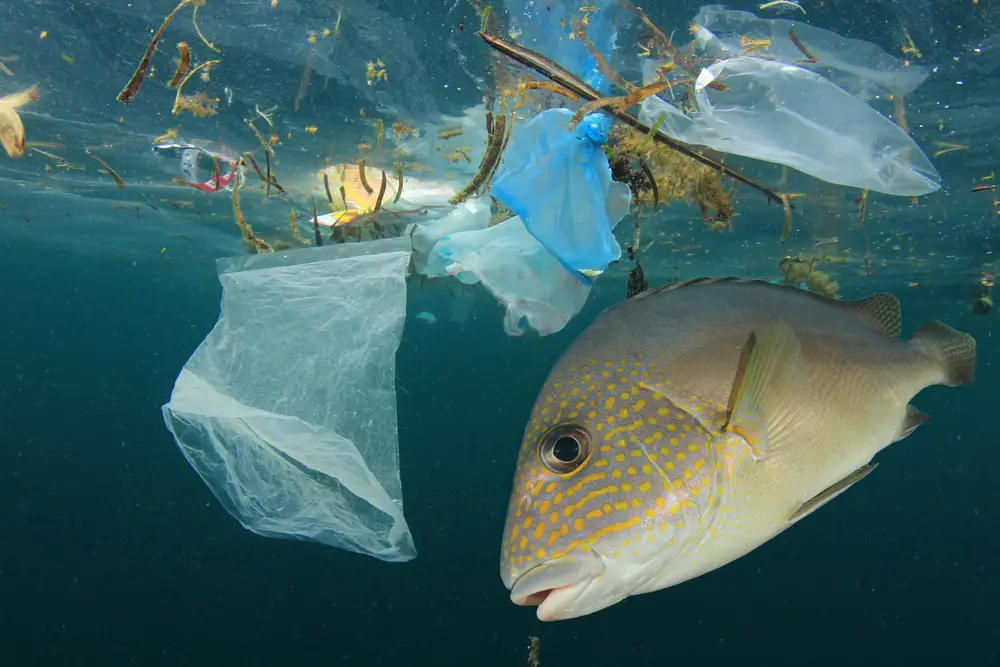
Pollution, whether it’s plastic in the oceans or chemicals in the air, is a silent but deadly force impacting countless species. A report by the World Health Organization highlights that air pollution alone leads to around 7 million premature deaths each year. This doesn’t even touch on the impact on wildlife, which faces habitat degradation and poisoned food sources. Plastics and microplastics have infiltrated the food chain, affecting everything from plankton to large mammals. These pollutants accumulate in animal bodies, affecting reproduction, growth, and survival rates.
Chemical pollution impacts freshwater systems, making it difficult for fish and amphibians to thrive. Agricultural runoff, full of pesticides and fertilizers, creates dead zones in oceans where life struggles to exist. This damages local fishing industries and threatens food security for those who depend on these waters. Pollution’s effect on species and ecosystems is widespread, making it a formidable driver of mass extinction. The next time you toss something away, remember that there’s no “away”—it all comes back around.
6. Chronic Overfishing
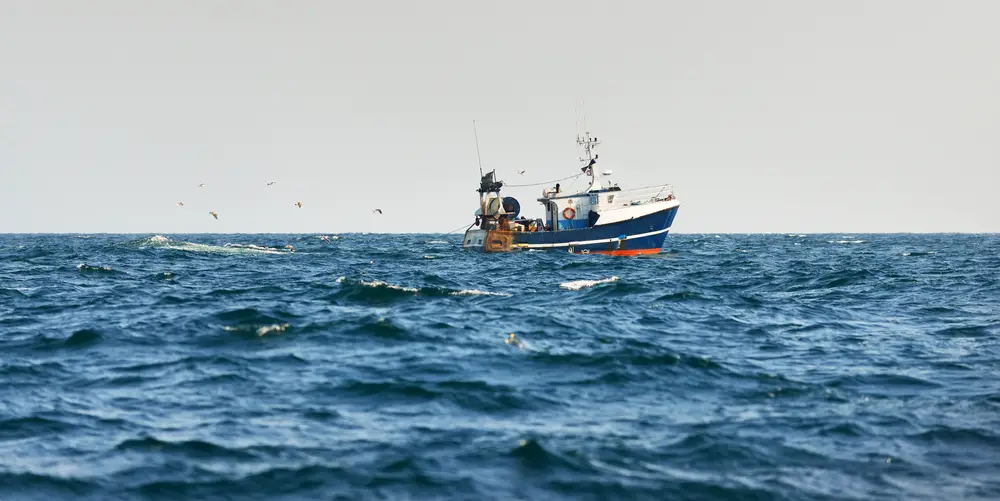
Overfishing is drastically altering marine ecosystems, pushing many fish species to the brink of extinction. Unsustainable fishing practices deplete fish stocks faster than they can recover, disrupting marine food webs. This imbalance affects not just fish but also other marine animals, including seabirds and marine mammals, who rely on these fish for food. The collapse of fish populations can lead to economic and social consequences for communities relying on fishing for their livelihood. Seafood lovers may also notice changes in availability and price, a small ripple of a larger crisis.
Coral reefs and other marine habitats suffer as targeted fish species play crucial roles in ecosystem balance. Overfishing also promotes the growth of algae and jellyfish, altering marine environments even further. As fish populations dwindle, the ability of oceans to contribute to global food security diminishes. The pressure on fisheries to meet human demand often leads to illegal, unreported, and unregulated fishing practices. Consumers have the power to choose sustainably sourced seafood, making a collective impact to help restore balance in the oceans.
7. Invasive Species
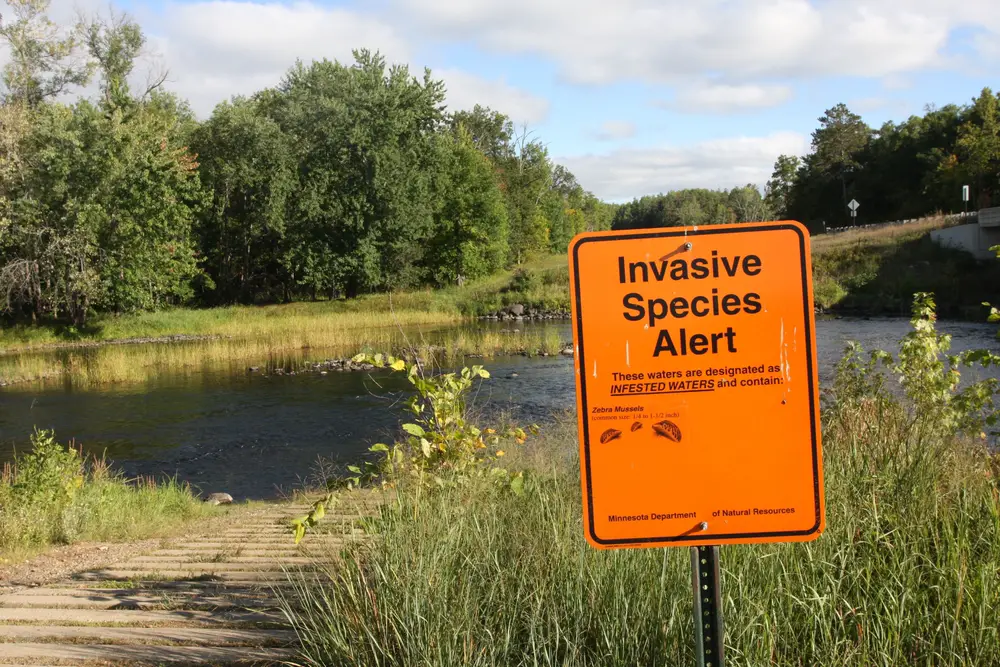
Invasive species, often introduced by human activities, can wreak havoc on native ecosystems and biodiversity. The National Wildlife Federation explains that these species outcompete native ones for resources, often leading to extinctions. These invaders can alter habitats, spread diseases, and even change the physical environment. As they establish dominance, native species struggle to survive, leading to a reduction in biodiversity. This loss has far-reaching effects on ecosystem services like pollination and natural pest control.
Invasive species can also impact local economies, especially in agriculture and fisheries, where they can cause significant damage. They often require expensive management and eradication efforts to mitigate their damage. In many cases, once an invasive species establishes itself, it’s nearly impossible to eliminate completely. Increased global travel and trade have made it easier for these species to spread across continents. Being mindful of how our actions contribute to this problem is crucial in preventing future invasions.
8. Habitat Fragmentation
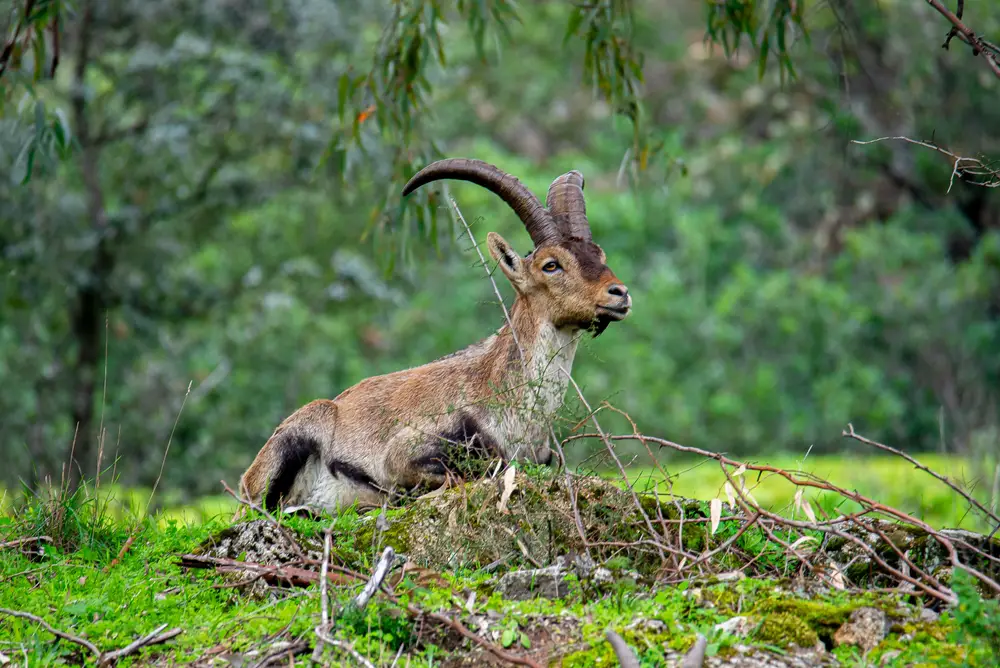
Habitat fragmentation, often caused by human development, divides ecosystems into smaller, isolated patches. This division makes it difficult for species to find food, mate, or migrate, leading to population declines. Fragmented habitats can no longer support the complex interactions necessary for a thriving ecosystem. As species struggle to survive in these isolated patches, genetic diversity decreases, making them more vulnerable to diseases and environmental changes. People may notice fewer wildlife sightings or changes in local biodiversity as species disappear or move elsewhere.
Fragmentation is particularly devastating for large, wide-ranging animals like bears and big cats, who need expansive territories to thrive. It also affects smaller species, such as amphibians, that depend on specific environmental conditions. The resulting isolation can lead to local extinctions, cascading through the ecosystem and impacting other species. Habitat corridors, designed to connect fragmented areas, offer a solution, but creating them requires time, effort, and resources. Recognizing the impact of fragmentation is crucial for urban planning and conservation efforts.
9. Increased Disease
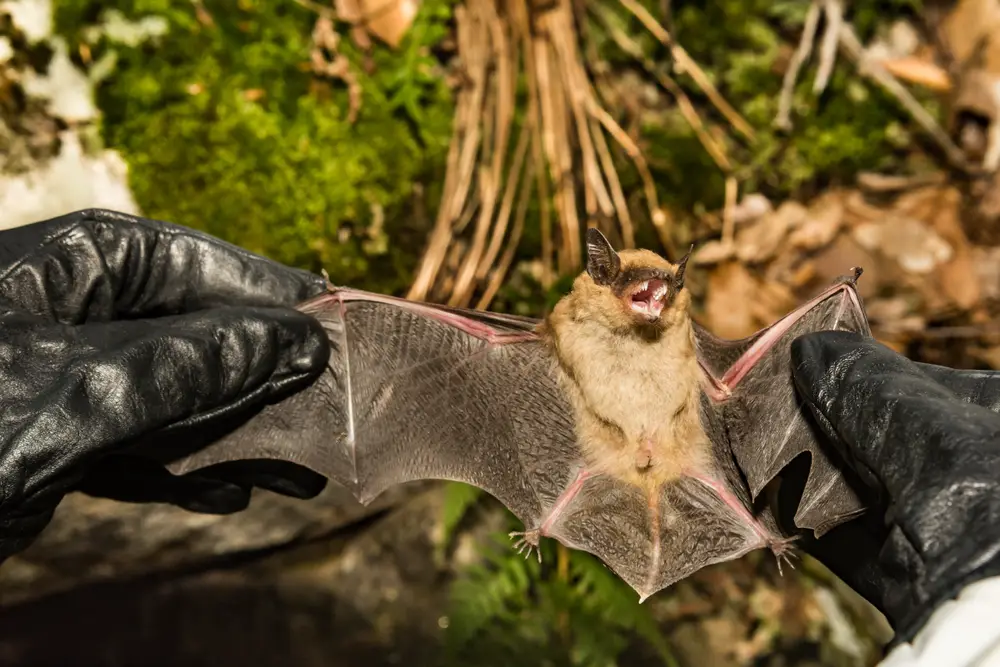
Emerging infectious diseases in wildlife are a growing concern, especially as they often jump to humans or domesticated animals. Habitat destruction and climate change are increasing the spread of diseases, affecting species worldwide. Diseases like chytridiomycosis have devastated amphibian populations, while white-nose syndrome has decimated bats. These outbreaks are not only an animal tragedy but also affect ecosystem health and the services they provide. As diseases spread, they weaken populations, making them more susceptible to other threats like habitat loss.
The connection between human and animal health becomes strikingly clear when you consider zoonotic diseases, which jump from animals to humans. COVID-19 is a stark reminder of how interconnected our health is with the natural world. Maintaining biodiversity and healthy ecosystems can help act as a buffer against disease outbreaks. Monitoring wildlife health is essential for early detection and prevention of potential pandemics. By protecting ecosystems, we’re not only safeguarding wildlife but also human health and well-being.
10. Shrinking Pollinators
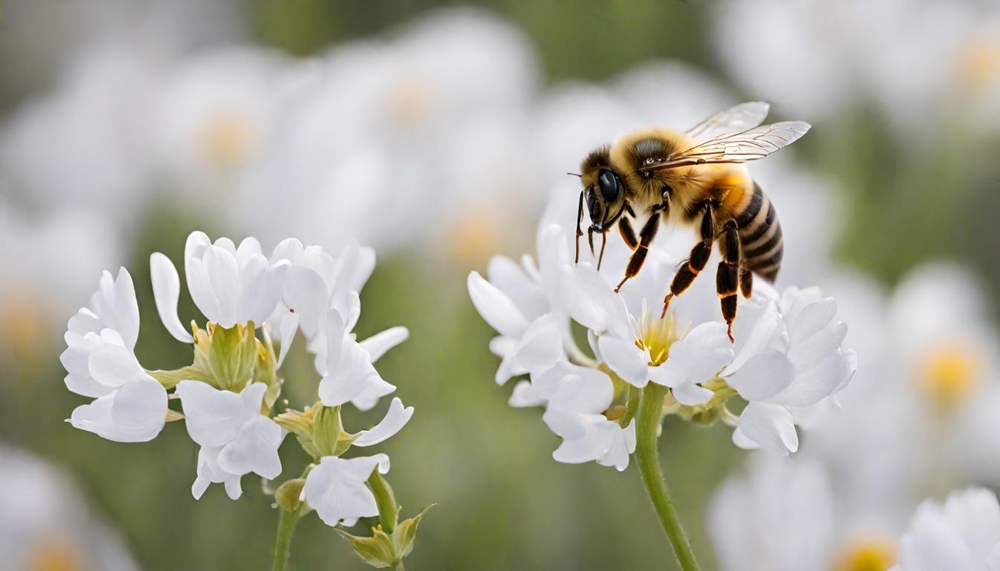
Pollinators like bees, butterflies, and birds are crucial for the reproduction of many plants, including crops that people rely on for food. Their decline due to pesticides, habitat loss, and disease poses a significant threat to global food security. Without these tiny workers, many plants cannot produce the fruits and seeds they need to survive. The absence of pollinators could lead to reduced crop yields and higher food prices, directly impacting your grocery bill. This loss also affects the plants that provide oxygen, clean the air, and offer habitats for other creatures.
Beekeepers and scientists have reported massive declines in bee populations, a phenomenon known as Colony Collapse Disorder. The reduction of natural habitats limits the availability of food sources for pollinators, compounding the problem. Restoring habitats and reducing pesticide use are essential steps in reversing this trend. Your garden can be part of the solution by planting pollinator-friendly plants and avoiding harmful chemicals. The next time a bee buzzes by, remember its crucial role in our ecosystem and food supply.
11. Melting Ice Caps
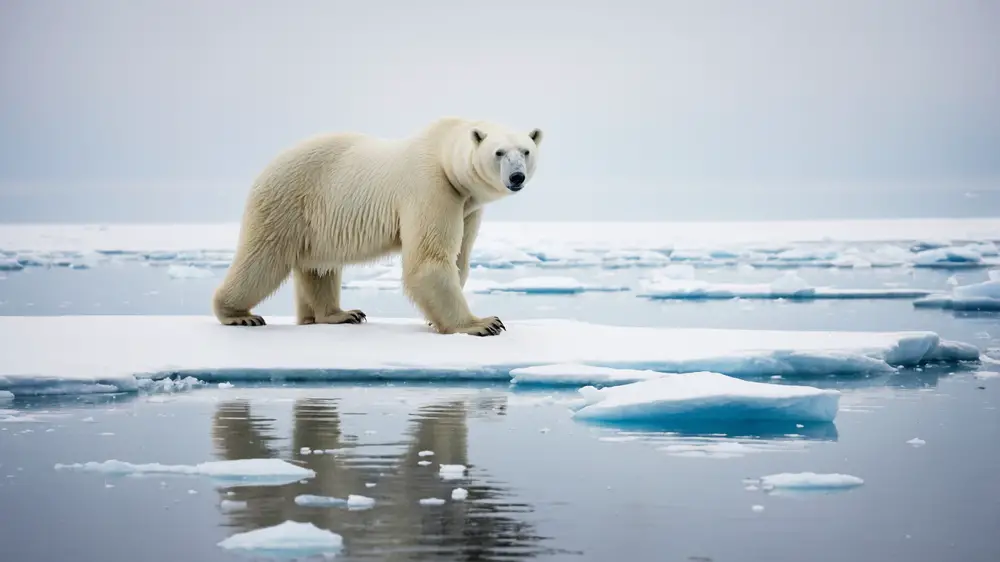
Polar ice caps are melting at unprecedented rates, contributing to rising sea levels and altering global climate patterns. The loss of ice threatens species that rely on these environments, like polar bears and seals. Melting ice contributes to global warming by reducing the Earth’s albedo, or its ability to reflect sunlight. As more ice melts, sea levels rise, threatening coastal communities and ecosystems. People living in these areas face increased risks of flooding, erosion, and extreme weather events.
The melting ice also affects ocean currents, which regulate climate and weather patterns worldwide. Changes in these currents can lead to more extreme weather, impacting agriculture, infrastructure, and human safety. The loss of ice is a clear indicator of climate change’s impact, visible even from space. While the melting ice caps seem distant to most of us, their effects reach far beyond the polar regions. Recognizing these changes is the first step in addressing their broader implications.
12. Soil Degradation
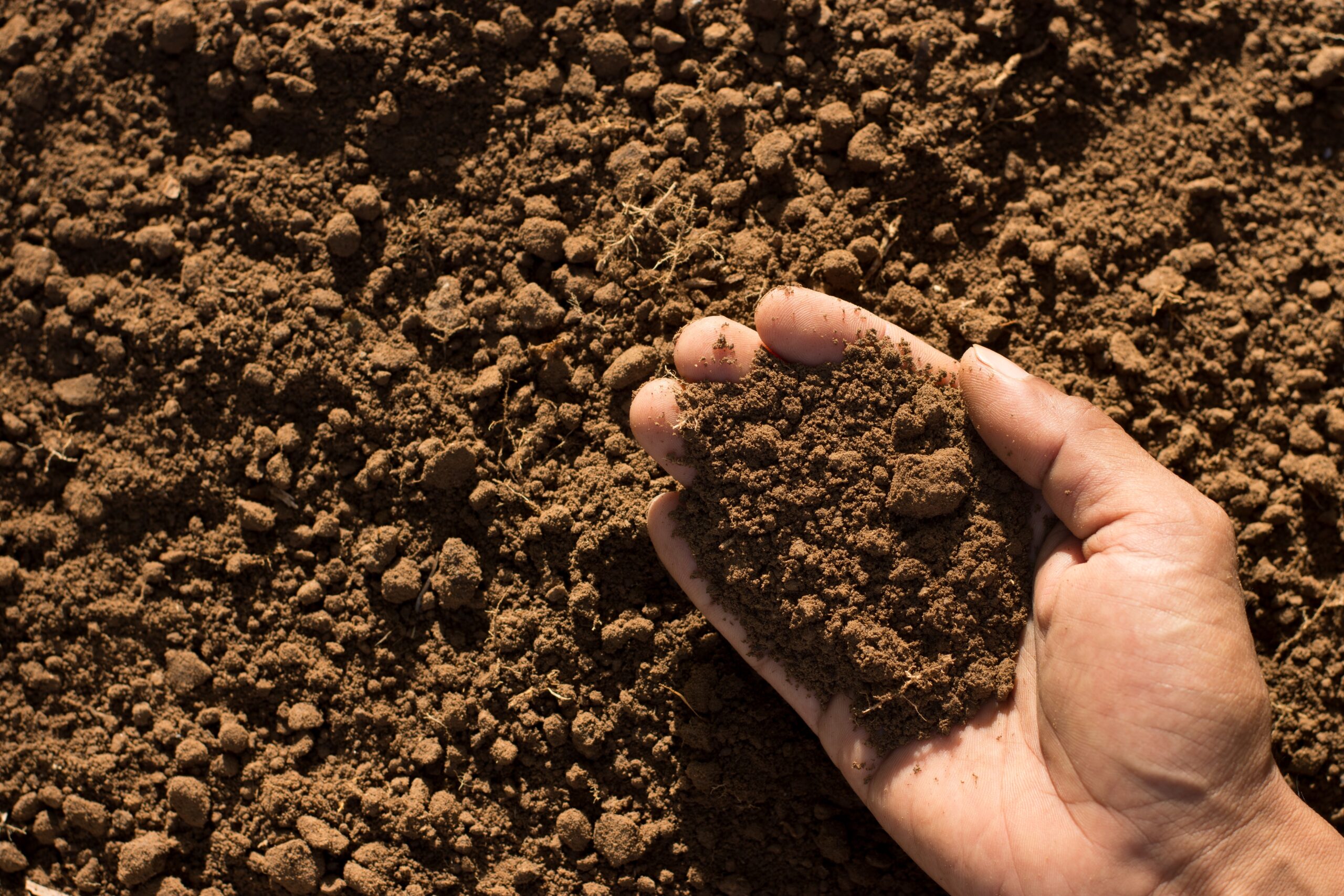
Soil is often taken for granted, yet it plays a crucial role in supporting plant life and agriculture. Poor land management, deforestation, and industrial agriculture lead to soil erosion and loss of fertility. Degraded soil can no longer support crops, leading to reduced food production and increased food insecurity. This degradation also affects ecosystems, as soil is a habitat for countless organisms and a key player in nutrient cycling. People may not notice soil degradation until its effects are felt through higher food prices and scarcity.
Restoring soil health is possible through practices like crop rotation, reduced tillage, and organic farming. Healthy soil can sequester carbon, helping to mitigate climate change by storing CO2. By focusing on regenerative agriculture, we can improve soil health and increase its resilience to climate change. Everyone has a role to play, from farmers to consumers, in supporting sustainable agriculture practices. Next time you see a garden or farm, remember that healthy soil is the foundation of a thriving ecosystem.
